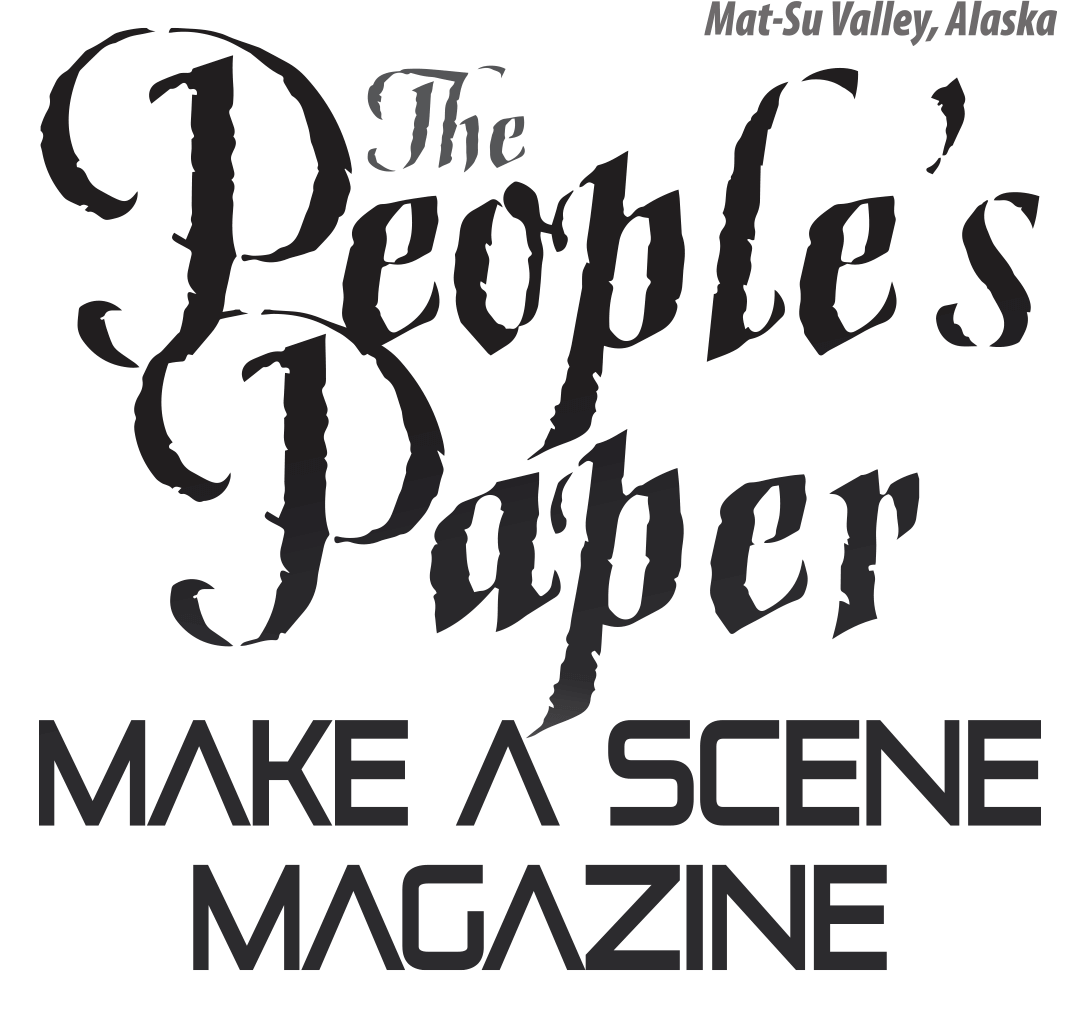Contributed by Teresa de Lima
What is PM2.5 and why is it important? PM2.5 refers to particulate matter in the air with an aerodynamic diameter equal to or smaller than 2.5 microns. Inhalable particles, with diameters so small they can’t be seen with the naked eye, finer than a human hair.
PM2.5. This is a term that I heard all the time while living in Fairbanks. It is a term that is mostly always attributed to wood smoke. I just wonder why is it that nobody ever discusses the gorilla in the room: a coal fired powerplant in the middle of a residential neighborhood? I expect there’s lots of PM2.5 coming out of that thing. In fact, I am sure there is! I used to live a few hundred feet from the coal fired powerplant and the black particulate it generated easily wafted through the screens on the windows. I have vivid memories of this black heavy metallic substance peppering our window sills, the ground, the kitchen table. I expect that if I can see what’s coming out of the powerplant stacks then I am probably breathing in A LOT of PM2.5, because see it’s so small it’s not visible to the naked eye.
In fact, there are three coal fired powerplants in the immediate area of downtown Fairbanks. One at the University of Alaska Fairbanks, and the one privately owned power plant in the middle of downtown Fairbanks and then one on the other side of town at Ft. Wainwright. The one in the middle of town sells the power that they generate to the electric cooperative for the people of Fairbanks.
You learn more and more of the dangers of coal combustion and wonder how can this be legal? This stuff getting into your lungs can really make a person sick. Like sick with a condition that means you are on steroids for the rest of your life, or a portion of your lung needs to be excised, or neurological things start happening- such as Alzheimers and Parkinsons Disease. So yes, I contacted the Environmental Protection Agency. They suggested I get in touch with the Centers for Disease Control. I did that. I submitted compelling photographic evidence, personal testimony, physical evidence. I got in touch with the Fairbanks North Star Borough, the Downtown Association, the Alaska Department of Environmental Conservation, heck even the power plant people! I went to Washington DC and spoke to the Obama White House EPA’s Manty Stansilous, The White House Center for Environmental Quality, Senators Murkowski and Begich. I was fortunate enough to meet Dr. Alan Lockwood of Physicians for Social Responsibility in Fairbanks when he presented on the topic of coal combustion at the University one evening. I got a hold of the City of Fairbanks and the mayor’s Chief of Staff and Public Works. They came to my house to inspect and suggested the best thing I could do was to “get a really good lawyer”.
When I was in Washington DC speaking with the EPA and CEQ and our public servants, Murkowski and Begich, I met a lady, an investigative journalist. Her name is Rhiannon. She travelled to Alaska from North Carolina documenting the issue of coal combustion waste also known as coal ash. She and her team produced a documentary called Coal Ash Chronicles. Her documentary focuses on the unregulated disposal of this toxic waste from the East coast of the United States all the way to Alaska. When coal is burned, waste is generated. That waste is hot coal ash. In Fairbanks, sadly, it gets dumped on the tundra. I wonder what it does to the water table? But the power plant folks and others say “oh, it’s inert…just like the dirt in your own back yard”. I call BS.
I am sure that there is a better way. Why does coal have to be so heavy in the picture for my birthplace?
